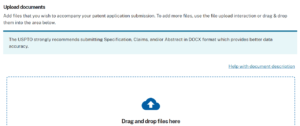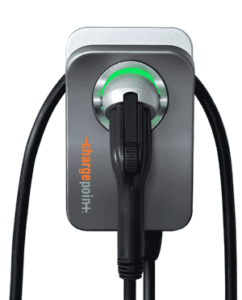Tuesday, July 4, 2023 will be a federal holiday in the District of Columbia. This means that the USPTO will be closed that day.
This means that any response that would normally be due on Tuesday, July 4 will be timely if made by Wednesday, July 5.
Note the important comment below from alert reader Dan Ferris:
It’s important to note that the “next business day” rule does not apply to the copendency requirement for filing divisional/continuation applications. Any such applications with parent applications issuing on July 4, 2023 should be filed no later than July 4, 2023.


 Update! I now have a status monitor working. See
Update! I now have a status monitor working. See 

 Has your Chargepoint Home Flex EV charger lost its green halo, as shown at right? Is the halo white instead of green? If so, you may find
Has your Chargepoint Home Flex EV charger lost its green halo, as shown at right? Is the halo white instead of green? If so, you may find 